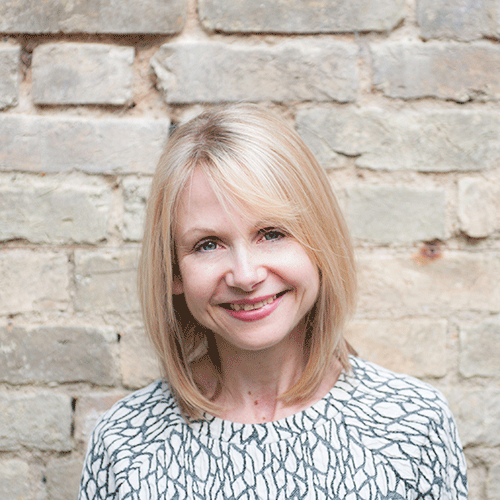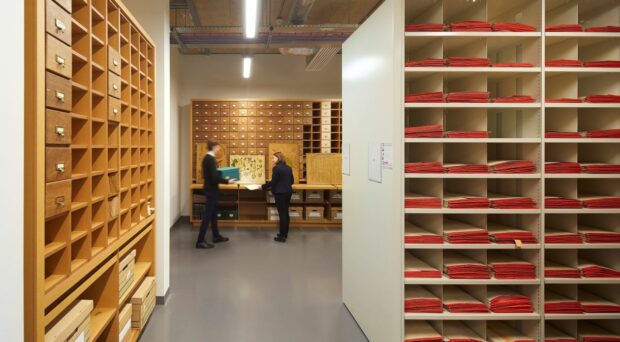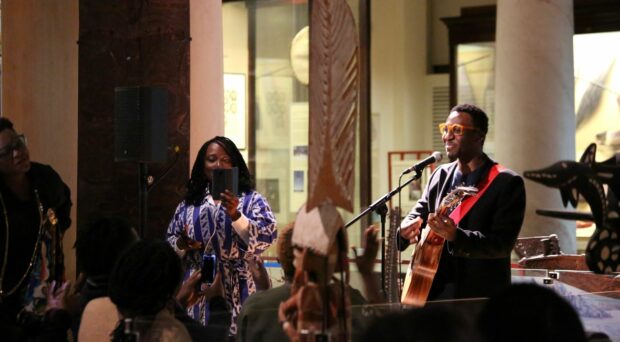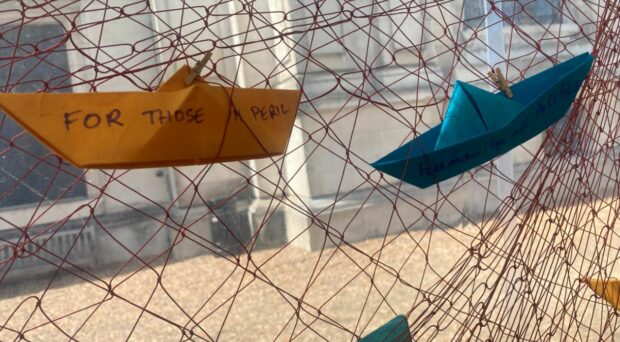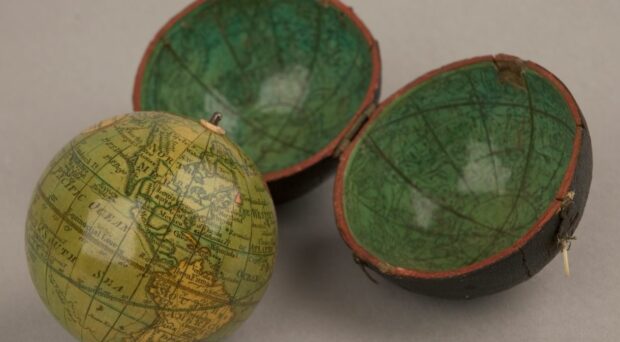How do you deliver a cross – Museum hands-on summer programme for families under social distancing? The University of Cambridge Museums launches its Summer with the Museums… with a few changes.
Well, without wanting to state the obvious, what a year this has been. Six months ago, the University of Cambridge Museums was delivering one of its key large-scale family events of the year, Twilight at the Museums. One month later – we were in lock down. Spring passed by in a flurry of makeshift home offices; web-based meetings; and a lot of crisis management. While still getting to grips with new ways of working, our museums and Garden were also making enormous efforts to help visitors, schools and families access a different cultural offer during the COVID-19 outbreak. From virtual tours, online films, Twitter challenges and downloadable resources, a whole new virtual programme was made available.
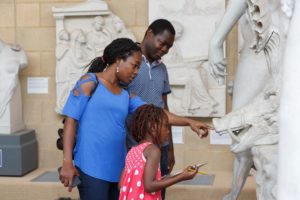
Within this context, planning for our annual Summer at the Museums programme started, along with the questions. What would an events programme look like when so many of our museums would be closed? How would we offer families the opportunity to have fun and engage with collections remotely? How would this be different from home learning, which families had been doing for several months? Most importantly, how would we reach those families who didn’t necessarily have digital access?
After the initial soul searching it was time to get back to basics. This meant revisiting the original aims of the programme, and establishing what it was we wanted to achieve. While Summer at the Museums had traditionally been about promoting hands-on activities across local museums, its objectives were very simple: to raise awareness of our museums and their family offer, be a vital and responsive resource to our local community, work in partnership with local museums and the City Council, and reach those families in areas of the city and region most in need. While we weren’t able to offer the usual range of events, we could still create a programme that fulfilled these objectives: creating a resource that was useful, fun, connected families to our collections and was not home schooling! Most importantly, it should be available to all families, not just those online.
Having clarified our aims we needed to do a bit of research. How could we find out what our local families wanted from us? As we couldn’t get out and ask people directly, this meant picking the brains of colleagues and council partners who were already developing resources and systems of support for local community groups. This included the team at the Fitzwilliam Museum who have been finding new ways of keeping their programme going through lock down; and Karen Thomas at Kettle’s Yard who has created a number of resource packs for groups in North Cambridge.
Fast forward several Zoom meetings later and we were now clear on the challenges families faced, and the kinds of activities and supplies that were most in demand. With the City Council keen to ensure that communities continued to have access to art and culture throughout the lock down, we also had a means of distributing resources through its local community hubs.
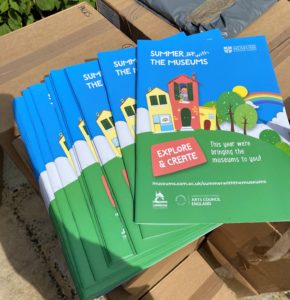
4 long months later and what has been the result of this? Well, we have now a 28 page Explore and Create booklet for families which is fun, bright and engaging. It includes activities from local museums and partners which are intrinsically linked to their collections. From making Ediacaran-themed sun catchers and plant based paint, to discovering more about Bronzed Age pottery and creating miniature museums, the activities are suitable for a broad age range and can be tackled using basic resources from around the house.
8,000 booklets these will be distributed to families across the city and surrounding areas. To ensure that those families most in need are reached, we are also creating an additional 500 resource packs which can be used in conjunction with the booklet. These will contain simple supplies such as glue sticks, scissors, card, string, pencils and stickers and have been created based on feedback about what craft supplies families lack at home.
The programme will also be available on line and supplemented by a number of films created by our partners, activities and digital resources on the Summer with the Museums web page.
So while families might not be able to experience summer AT our museums, we will still be with them, just in a different form. Although we cannot wait to welcome visitors back to our museums soon, the experience has also taught us about how we might work differently in future – targeting our resources more strategically, and continuing to develop those partnerships and community links that have been established over this time.
Find the list of Summer with the Museums activities created by our partner Museums for families to do at home this summer here.

